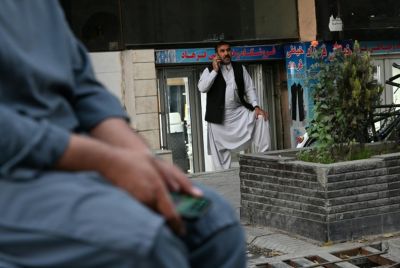North Koreans cheer as government announces successful fourth nuclear test
North Koreans in Pyongyang welcomed news that their country had successfully tested a miniaturised hydrogen nuclear device on Wednesday (6 January), claiming a significant advance in the isolated state's strike capability.
In footage provided by KCNA, North Korea's news agency, residents of the capital gathered outside Pyongyang's railway station to watch the government's announcement on a large screen. Many cheered and applauded, some shed tears.
"It's very refreshing. As long as the United States maintains its policy of aggression against North Korea, I think developing a hydrogen bomb is inevitable," said one resident, Yun Kuk Chol.
Another resident, Kim Jong Chol, said the test was a fair response. "I feel so relieved. I think it is very obvious to counter a robber waving a nuclear stick with a nuclear stick," he said.
The test, the fourth time North Korea has exploded a nuclear device, was ordered by leader Kim Jong-un, state media said. In December 2016 Kim appeared to claim his country had developed a hydrogen bomb, also known as a thermonuclear device, a step up from the less powerful atomic bomb, but the United States and outside experts were sceptical at the time.
South Korean intelligence officials and several analysts questioned whether the explosion was indeed a full-fledged test of a hydrogen device. The device had a yield of about six kilotons, according to the office of a South Korean lawmaker on the parliamentary intelligence committee – roughly the same size as the North's last test, which was equivalent to 6-7 kilotons of TNT.
The United States Geological Survey reported a 5.1 magnitude quake that South Korea said was 30 miles from the Punggye-ri site where the North has conducted nuclear tests in the past. North Korea's last test of an atomic device in 2013, also registered at 5.1 on the USGS scale.
The test nevertheless may mark an advance of North Korea's nuclear technology. The claim of miniaturising, which would allow the device to be adapted as a weapon and placed on a missile, would also pose a new threat to the United States and its regional allies, Japan and South Korea.
© Copyright IBTimes 2025. All rights reserved.






















